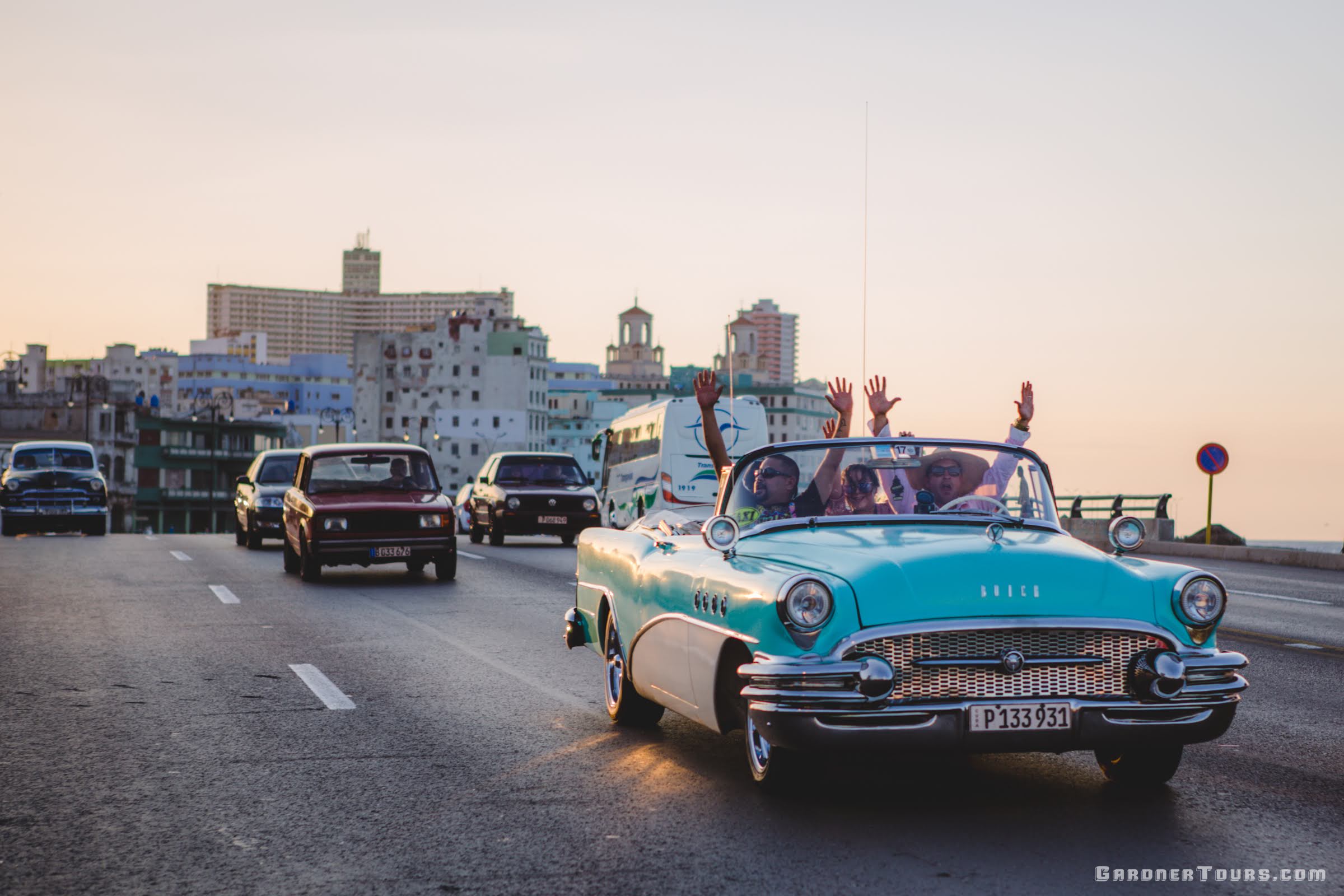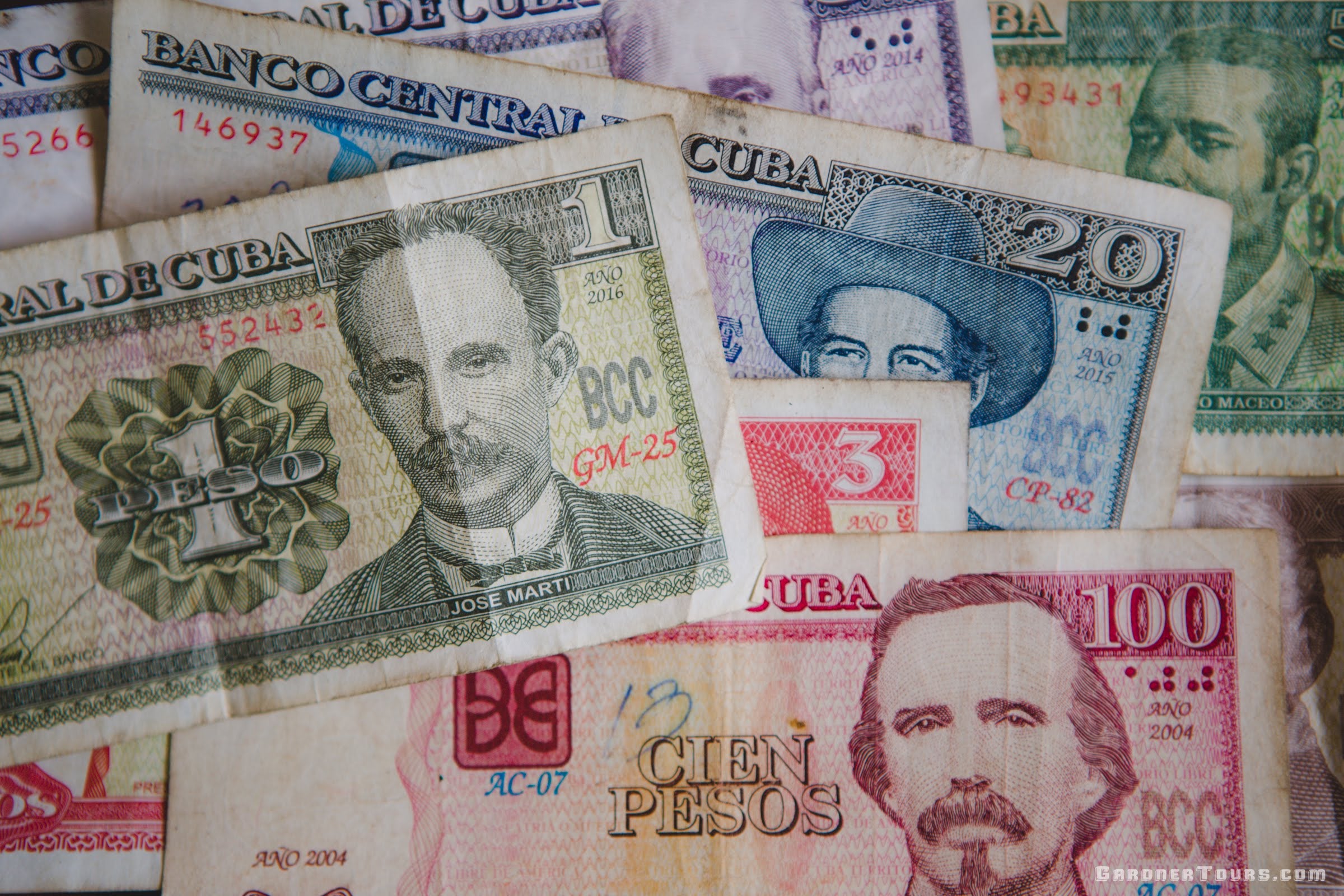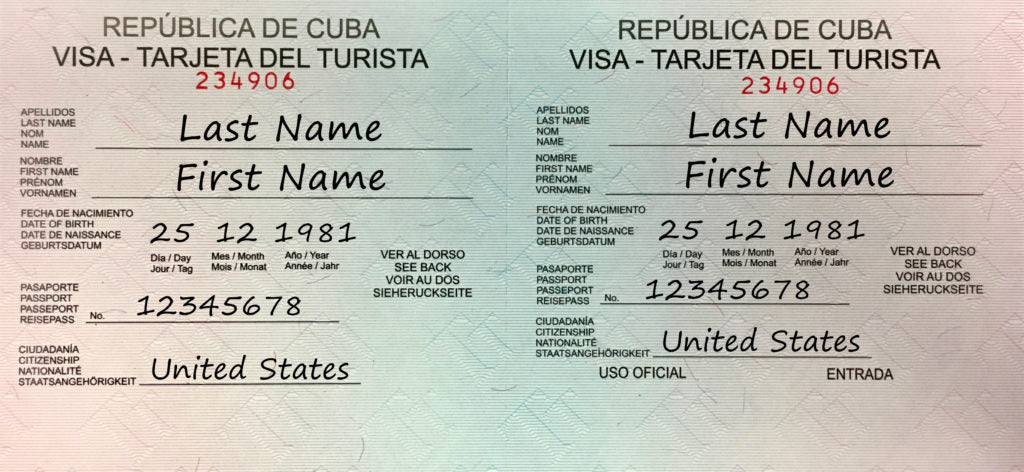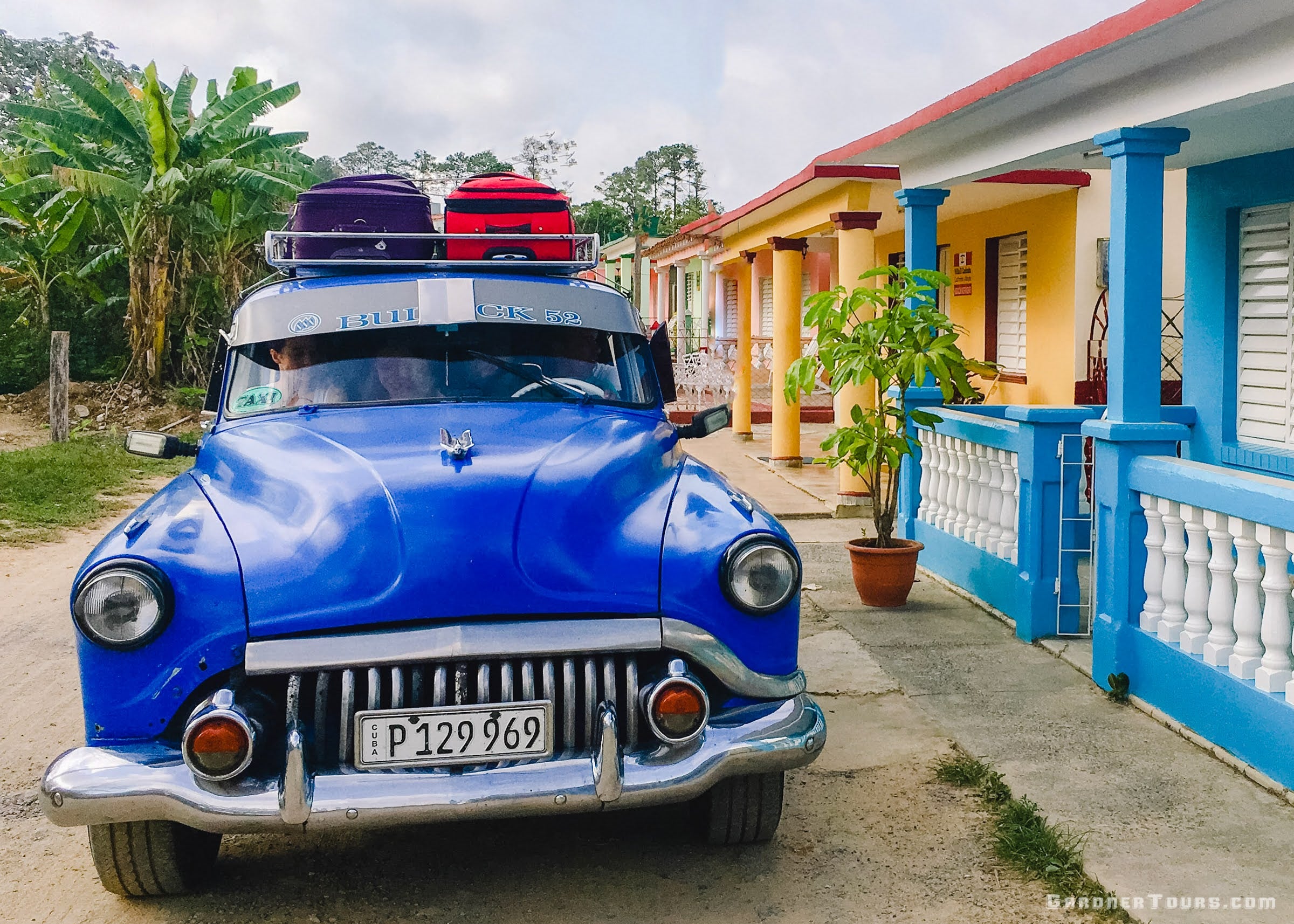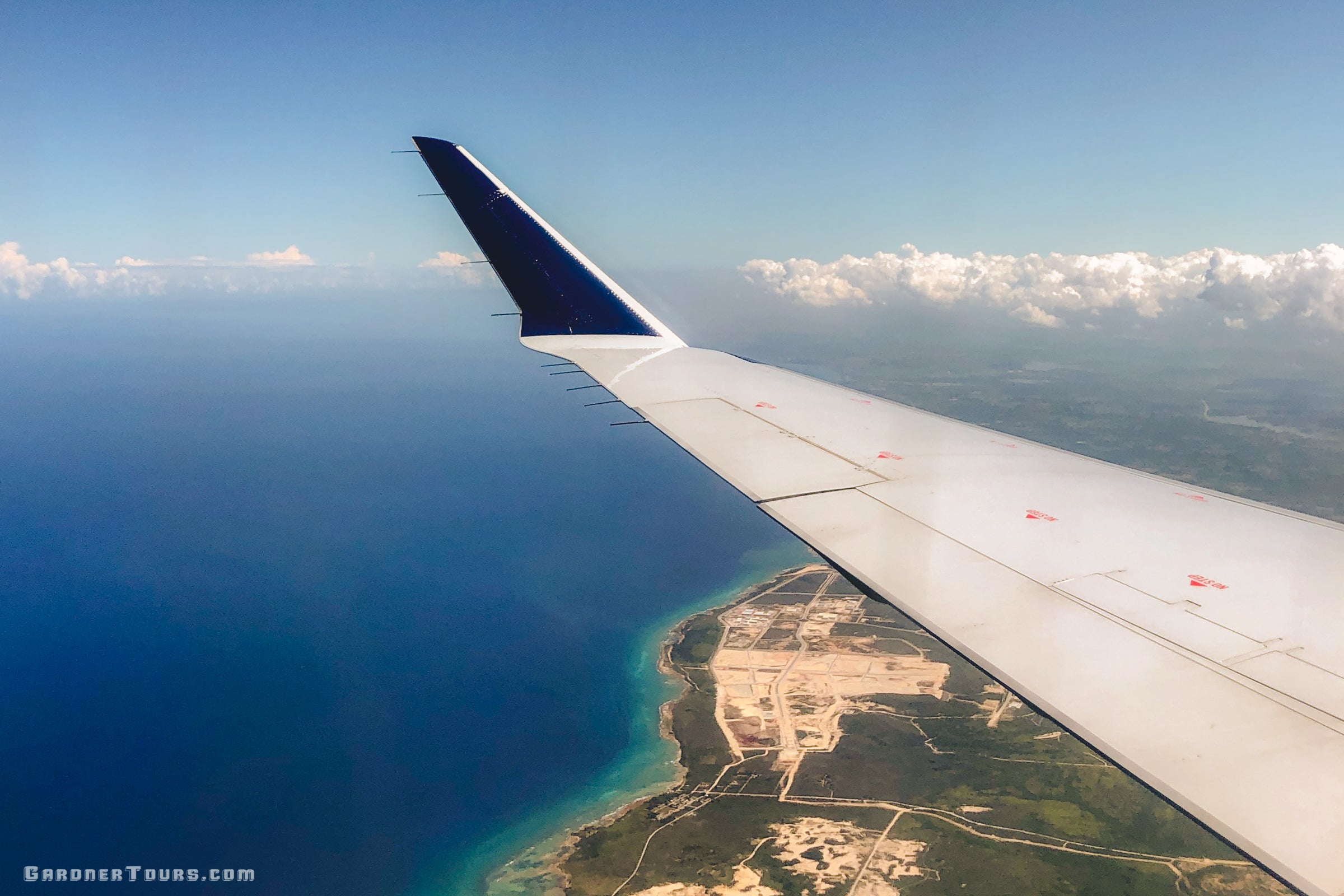

Please utilize the following information to help you learn a little about Cuba before your arrival.
Most Intriguing Facts About Cuba
- Cuba is the largest island in the Caribbean, with an area of 42,800 square miles.
- Cuba is the 17th largest island in the world.
- With more than 11 million residents, Cuba is the most populated country in the Caribbean.
- It is widely claimed in Cuba that the island was discovered by Christopher Columbus.
- The national sport of Cuba is baseball.
- Cuba’s top exports are raw sugar, rolled tobacco, and hard liquor.
- There have been three revolutions in Cuba's history.
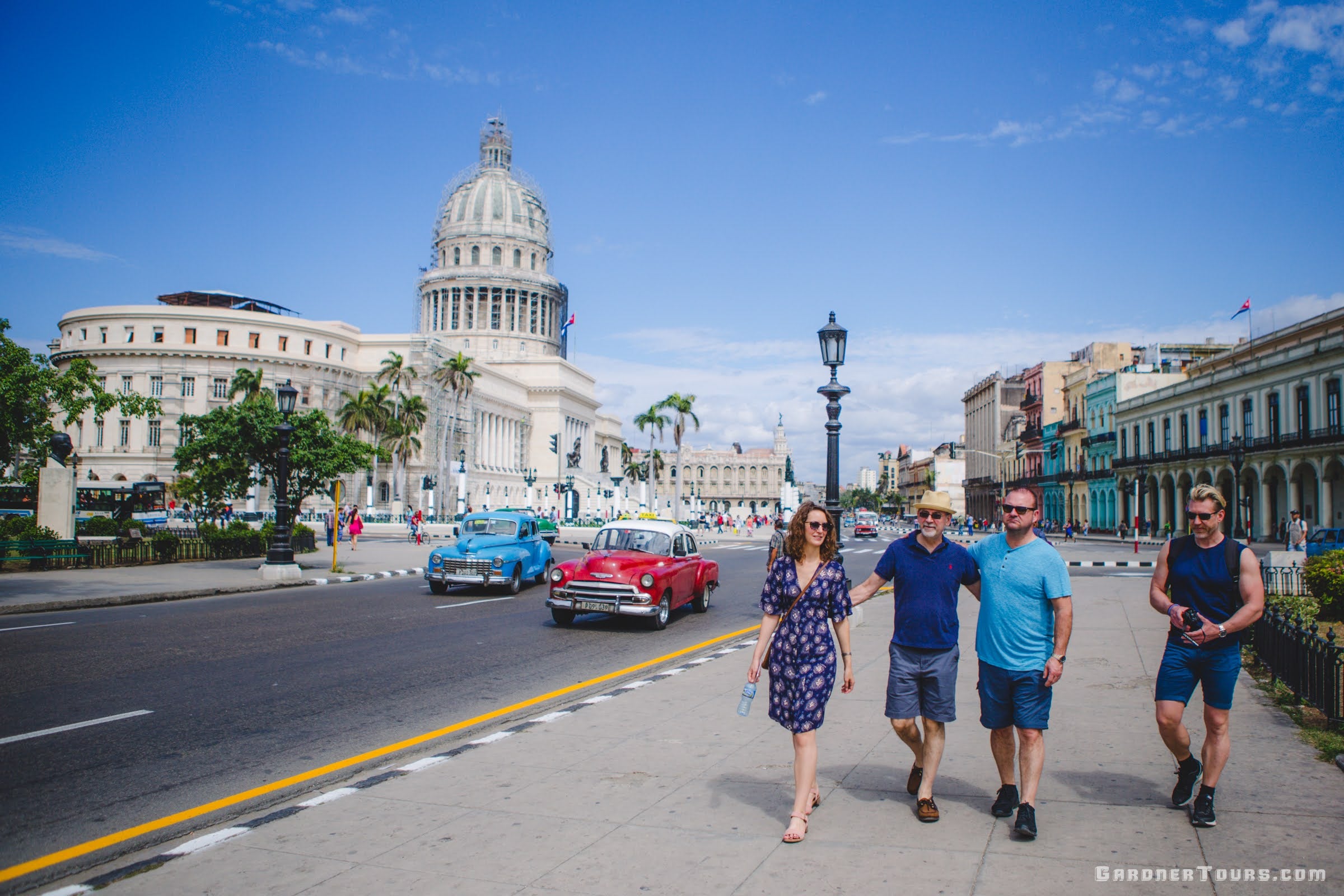
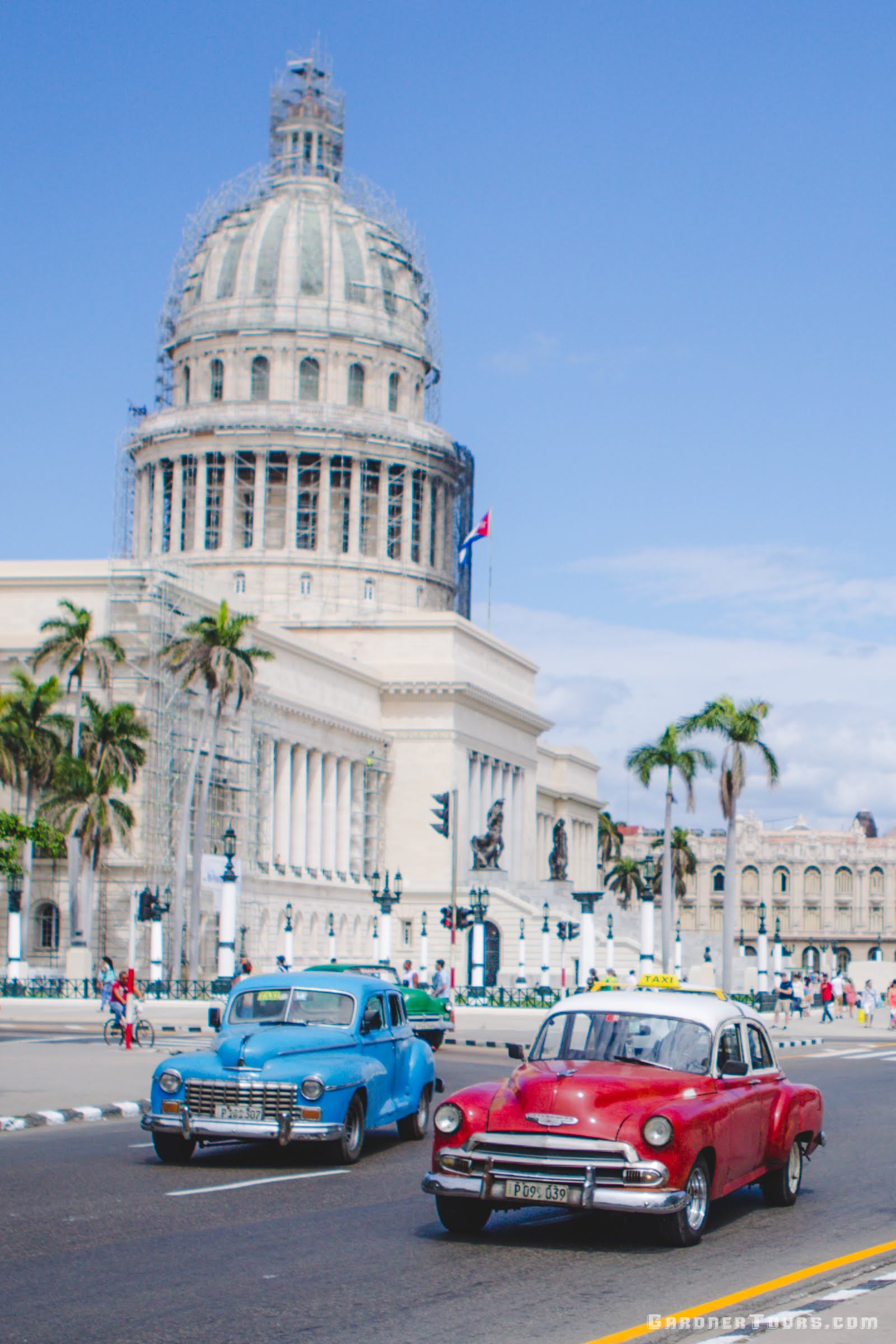
Classic Cars Fill the Streets
After the Triumph of the Revolution in 1959, American Cars were no longer allowed to be imported. That has resulted in Cubans being resourceful to keep what they have on the road, and those same cars still fill the streets today. Get ready to cruise the streets of Havana in a Classic American Car!

The Cuban Flag
The Cuban flag has evolved over the years, but you can see today's Cuban flag above hanging from a balcony in Old Havana.
Note: You might have gotten the flag of Cuba confused with the flag of Puerto Rico in the past. If so remember this hint: The flag of Puerto Rico has red stripes like the flag of the USA. What often helps is an association that Puerto Rico is a territory of the USA. The flag of Cuba has blue stripes.
Social & Economic Facts
- Cubans make on average about $20 per month and are given a small portion of food rations, which makes it impossible to live on that alone, especially if you have a family. This means that everyone must hustle and find a way to simply survive. Gardner Tours employs guides that make $10+ per hour and partners with other businesses and service providers to help them make an honest living.
- Named as one of the best healthcare systems in the world, Cuba has so many doctors that they are often sent overseas to help where there is a shortage.
- Cuba has one of the world’s lowest infant mortality rates – just slightly lower than that of the United States.
- Cuba has one of the highest literacy rates in the world–about 99.8%.
- Health Care and Education are "free" in Cuba.
- In 2013, for the first time since 1959, Cubans were allowed to purchase “new” cars built after 1959. Regrettably, all cars are marked up about 400% making it almost impossible to own a car.
- Before 2008, Cubans were not allowed to buy computers or own cell phones.
- As of 2014, only about 5% of Cubans had access to the uncensored, open internet.
Religious Facts About Cuba
- Prevalent religions in Cuba are Santeria, Palo Monte, Abakuá, Christianity, and Catholicism.
- Roughly 50%-60% of Cubans report to be Christians, but a small 2%-5% self-identify as Evangelical Born-Again Christians.
- Shortly after Fidel Castro came to power in 1959, he declared the country an atheist nation and soon after banned Christmas. Yielding to pressure from the Pope, he ended the ban and made Christmas an official holiday in 1997.
- In 1992, Cuba changed its constitution to describe itself as “secular” rather than “atheist.”
- No public churches or religious buildings may be in operation except for those existing prior to the Revolution (a few Catholic and a few Protestant churches). Consequently, any new religious services must be held in private homes.
Cuban Government
- Cuba is currently a communist country and has been since January 1, 1959 when Fidel Castro and the revolutionaries triumphed over Bautista and his government.
- In Cuba, “The Triumph of the Revolution” which happened on January 1, 1959, is completely different than “The Revolution”, of which is considered to be still happening.
- The Soviet Union had transferred over 150 nuclear weapons to Cuba by the time of the Cuban Missile Crisis.
- Russia didn’t “officially” leave Cuba until 1994.
- The U.S. has been leasing Guantanamo Bay from Cuba since 1903. The U.S. has paid the Cuban government $4,085 every single year since then, but the last time the Cuban government cashed a check was in 1959.
Outdoors & Wildlife
- Cuba is home to 12 National Parks (Approximately 22% of the country is protected natural areas.)
- Pico Real del Turquino is the highest peak in Cuba at 6,476ft.
- The largest colony of flamingos (around 70,000) in the western hemisphere is in Cuba.
- Cuba has a native species of leaping crocodile.
- There are no animals or plants in Cuba that are poisonous or lethal to humans.
- Cuba is the natural habitat of the bee hummingbird, which is the smallest bird in the world, and the smallest frog in the world.
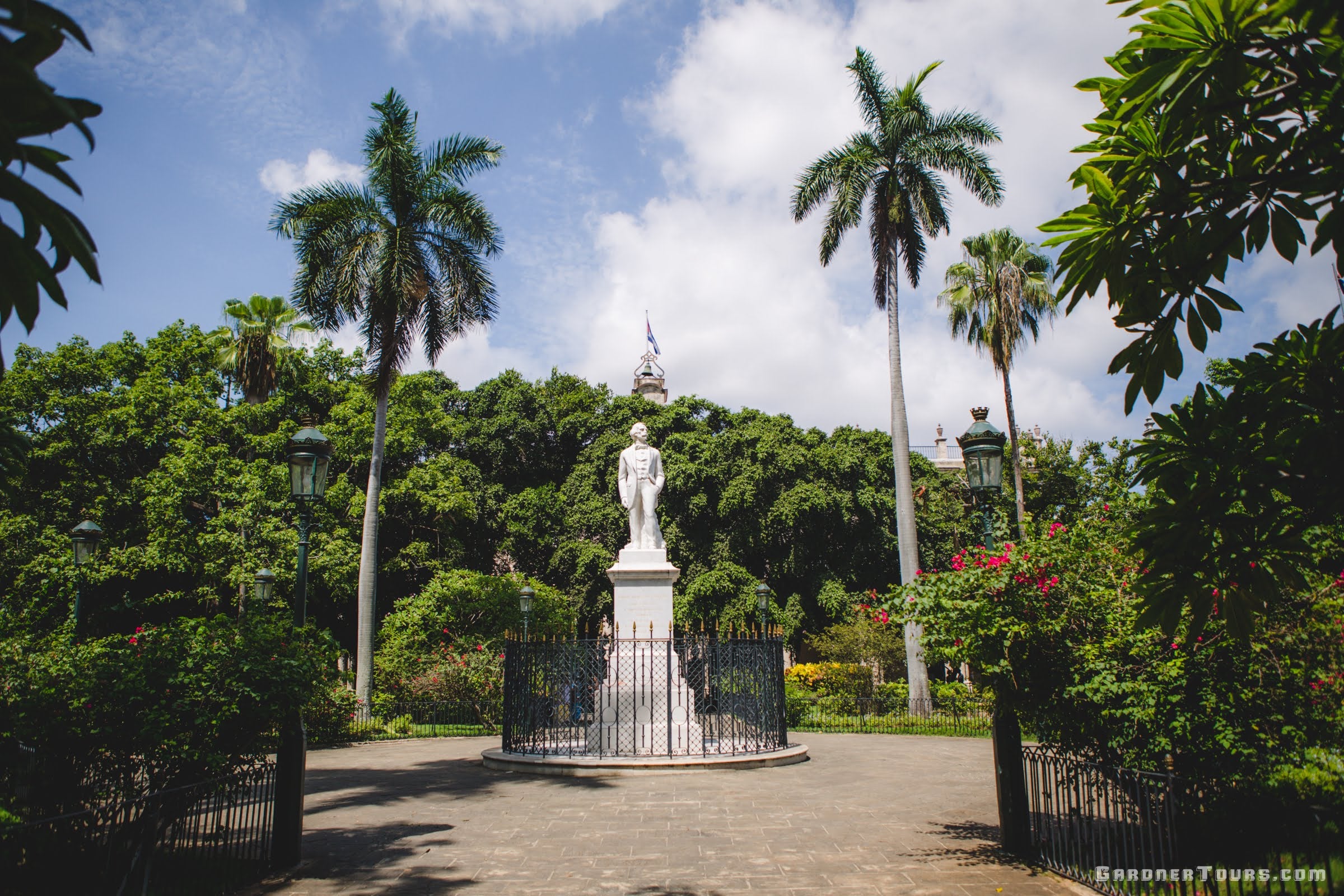
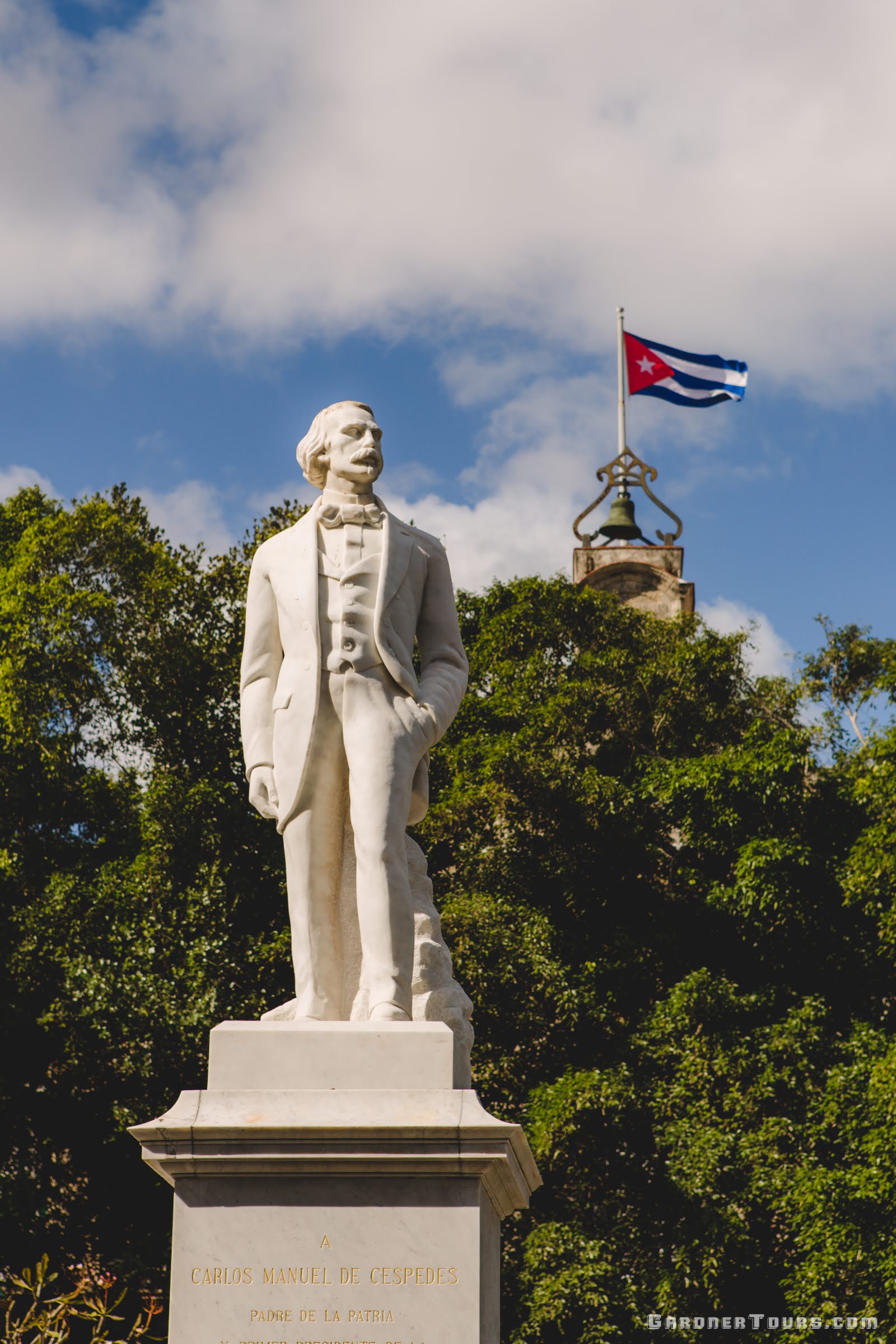
Early Cuban History
It is said that the first European to reach Cuba was Christopher Columbus in 1492. At that time, the indigenous people lived by farming. They grew cassava, corn and yams, and they also smoked tobacco. In 1511 Diego Velasquez conquered the island of Cuba and founded several settlements including Havana. The natives were devastated by European diseases, to which they had no resistance. Around 1526, the Spanish began importing African slaves into Cuba.
By the late 18th century Cuba was prospering by growing and exporting sugar. The plantations were worked by huge numbers of slaves. However, by the 19th century, there was an increasing movement for independence.
The struggle for Cuban independence began in 1868 when a landowner named Carlos Manuel de Cespedes freed his slaves. So began the Ten Years War. It ended in failure in 1878. Then in 1886 slavery in Cuba was abolished.
The Second War of Independence began in 1895, but in 1898 the USA went to war with Spain. US forces then invaded Cuba and Spain surrendered shortly afterwards. The peace treaty made Spain relinquish all claim to Cuba. After the war, Cuba was occupied by US forces for nearly 4 years. They left in 1902 and Cuba became nominally independent but in reality, it was dominated by the USA.
In the early 20th century most people in Cuba remained very poor despite efforts to modernize the country. In 1924 Gerardo Machado was elected president of Cuba. The constitution barred him from more than one term but when his term ended in 1928 Machado somehow held onto power. Machado was overthrown in 1933. After a period of unrest, Cuba gained a new and democratic constitution and elections were held.
In 1952 Fulgencio Batista staged a coup in Cuba and became its dictator. At that time, compared to other Latin American countries, Cuba was prosperous and its people had a fairly high standard of living. Literacy rates were climbing and health care was relatively good. Education in Cuba was of a high quality and Cuba was known for its writers.
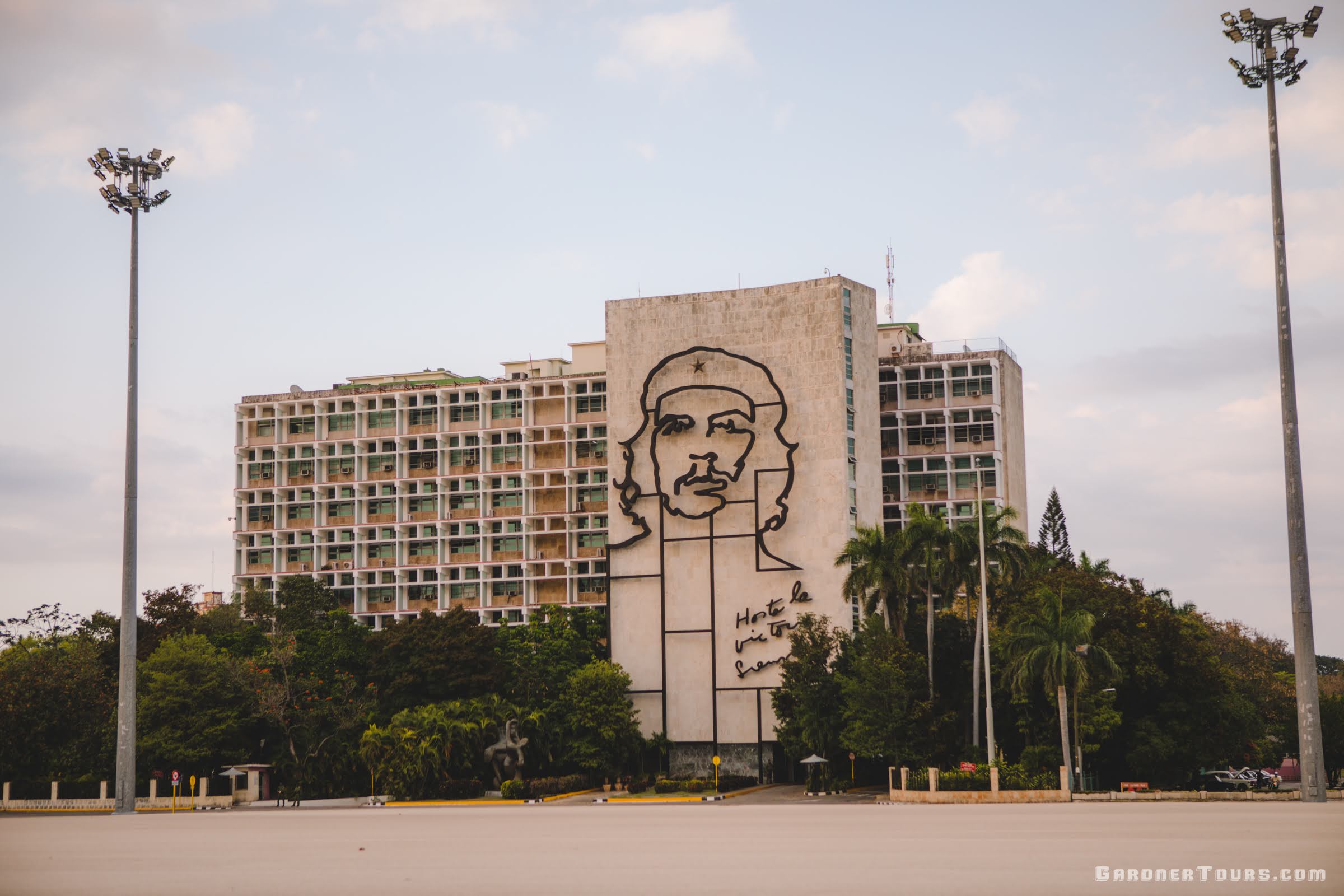

Communist Cuba
Then in 1959 Fidel Castro led a revolution in Cuba but did not bring freedom. Instead, he made himself dictator and introduced a repressive Communist regime. Independent labor unions were made illegal and all political dissent was crushed.
However, the lesson of history is that Socialism does not work. The Cuban economy stagnated during the 1960s and 1970s. Meanwhile, Cuba became a satellite of the Soviet Union. Not surprisingly, many people fled from the Communist tyranny. Many Cubans escaped to the USA. Many more died trying.
Relations with the USA deteriorated and in 1961, 1,400 Cuban emigres, trained by the CIA were sent to invade Cuba. They landed at the Bay of Pigs but the invasion ended in total failure. In 1962 the USA imposed a blockade on Cuba.
Cuba was economically dependent on the USSR. When the Soviet Union broke up in 1991 the situation in Communist Cuba became desperate. Living conditions for ordinary people became even worse. They suffered shortages of food, so Castro was forced to allow some free enterprise. He also opened up Cuba to tourism. Then in 2008, Fidel Castro resigned due to his decline in health, handing power over to his brother, Raul Castro.

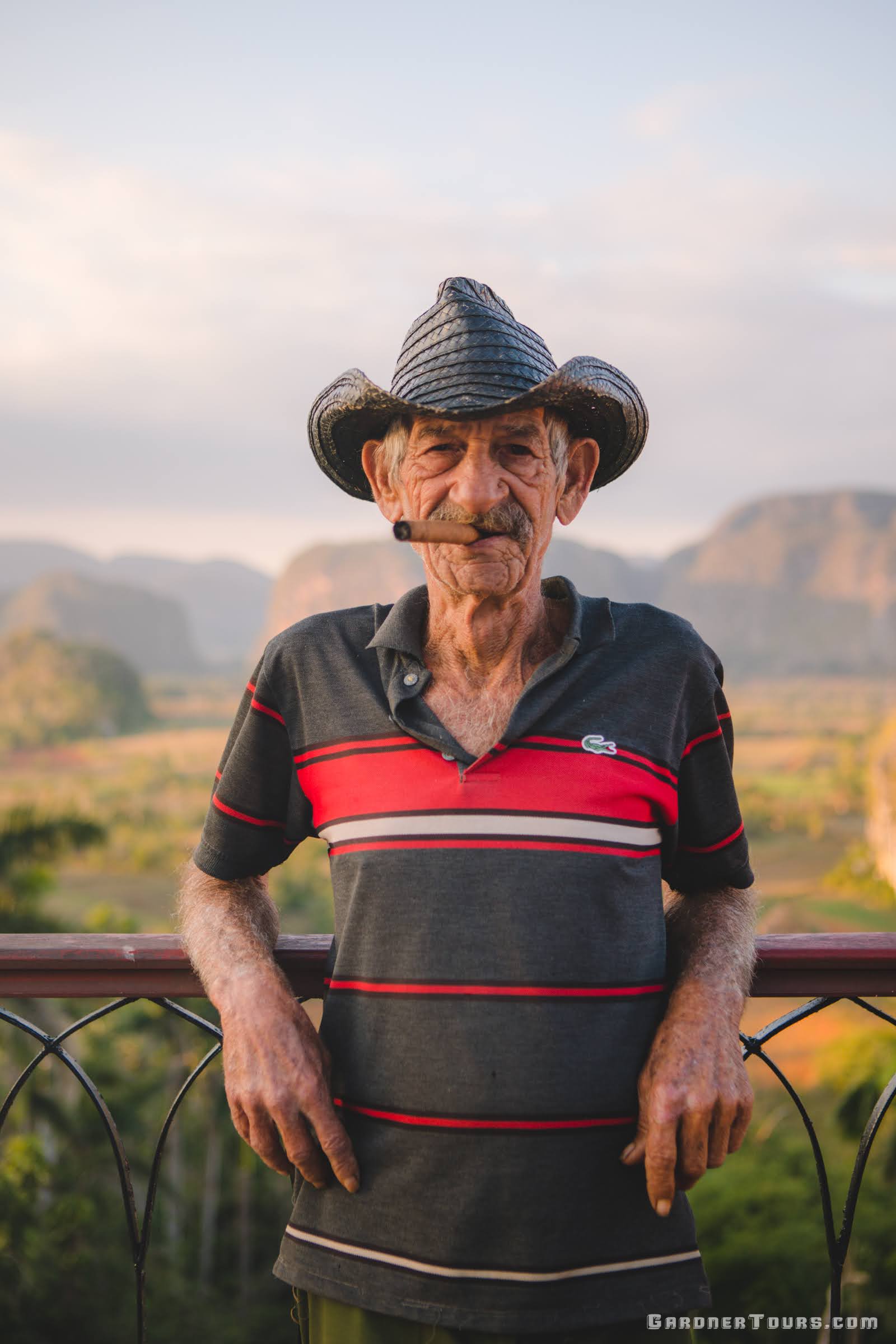
Cuba Today
In the most recent years, Cuba has been experiencing gradual changes in its socio-economic landscape. The government has been working on implementing economic reforms to encourage private enterprise, foreign investment, and tourism. These reforms aimed to alleviate some of the economic challenges, such as low productivity, limited access to goods, and reliance on external assistance. Despite these changes, the government has maintained its control over key sectors, and the political situation has remained tightly managed. However, through all of Cuba's ups and downs, you will find Cubans resilient, getting creative in more ways than you can think of, and embracing one another (and you) like family. There is a true sense of "we are all in this together" in Cuba and you will surely discover that in your travels with us.
We are looking forward to serving you!
If you have any questions, please contact us!
Please utilize the following pages in preparation for your tour.

